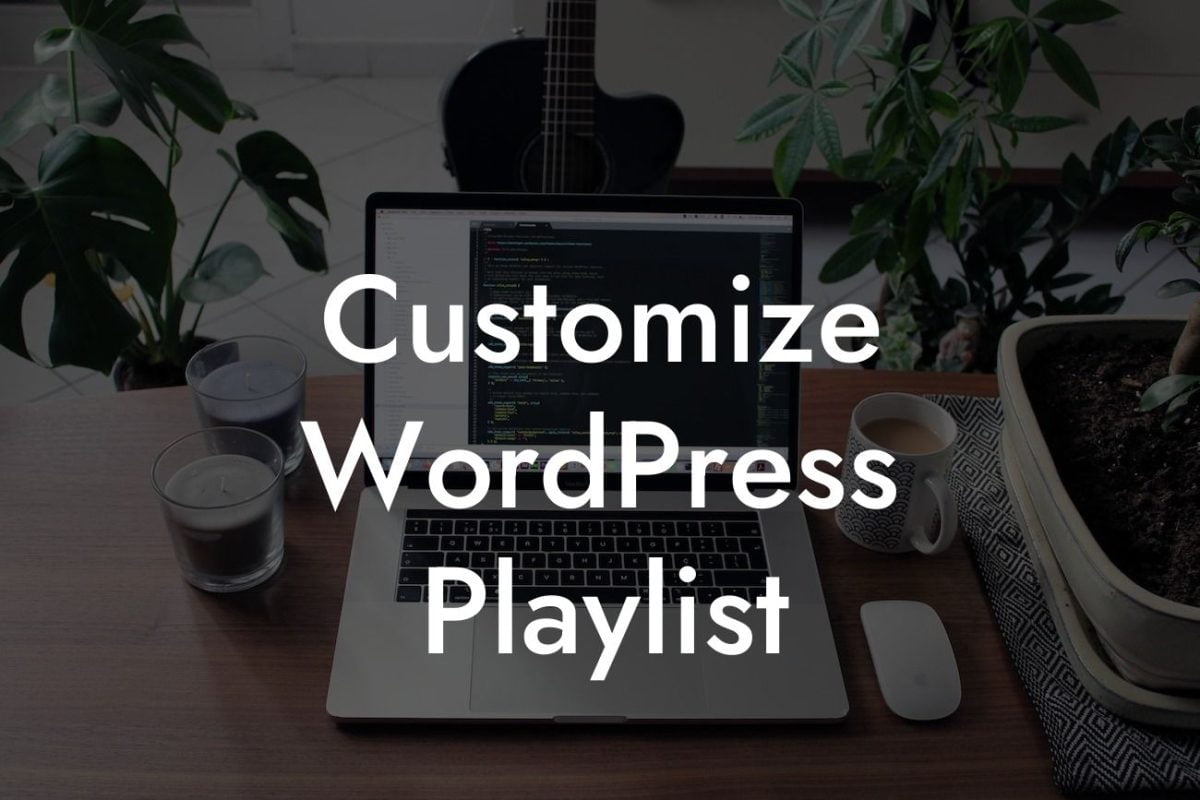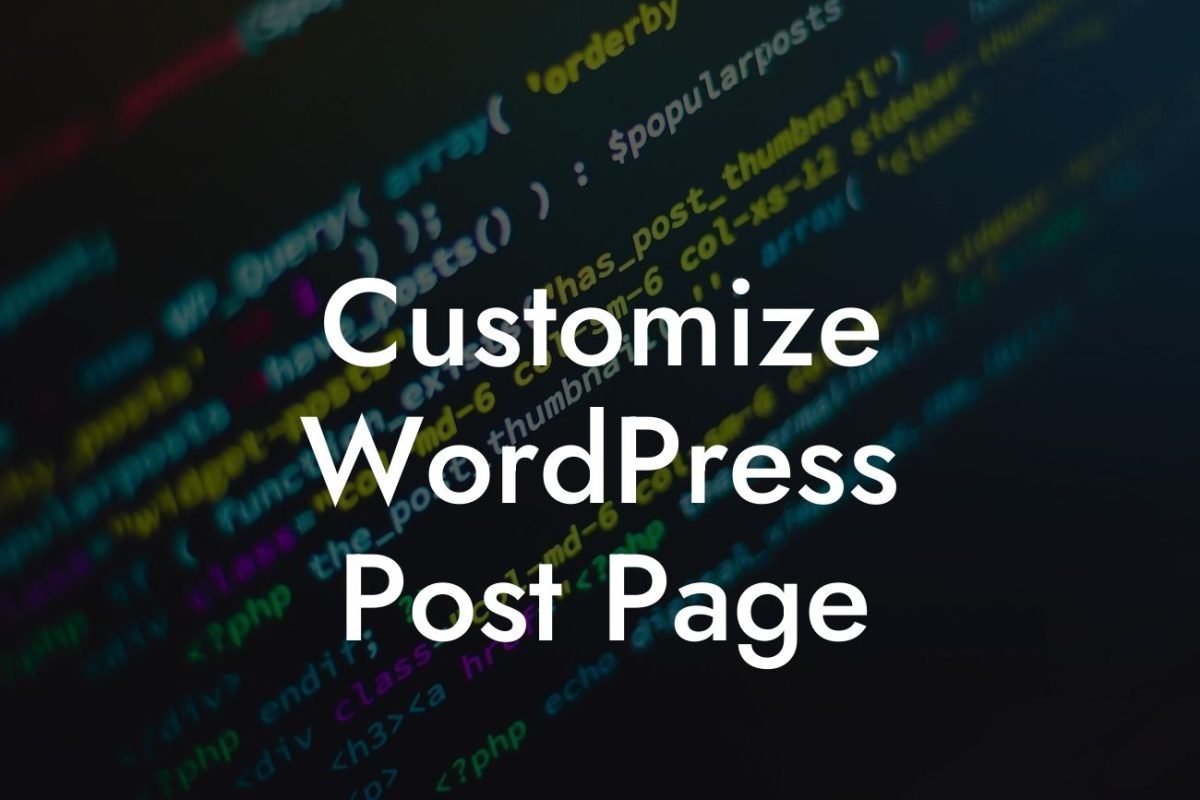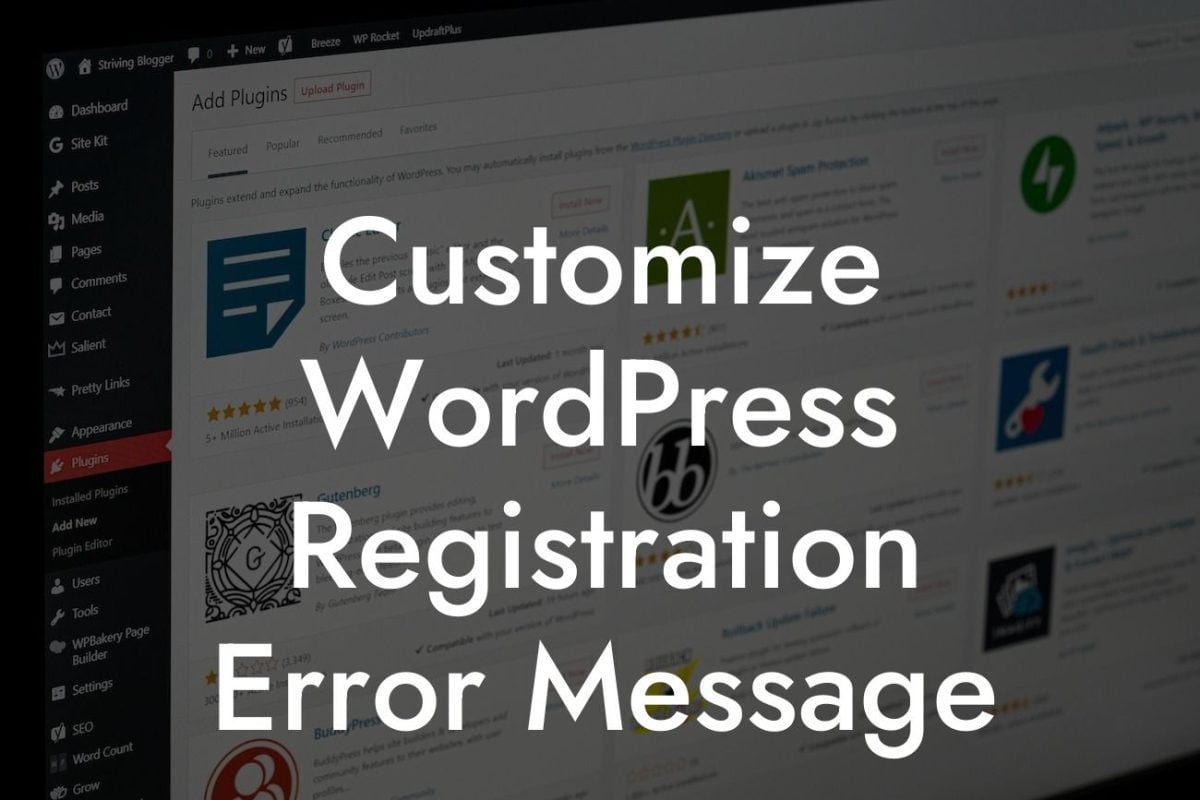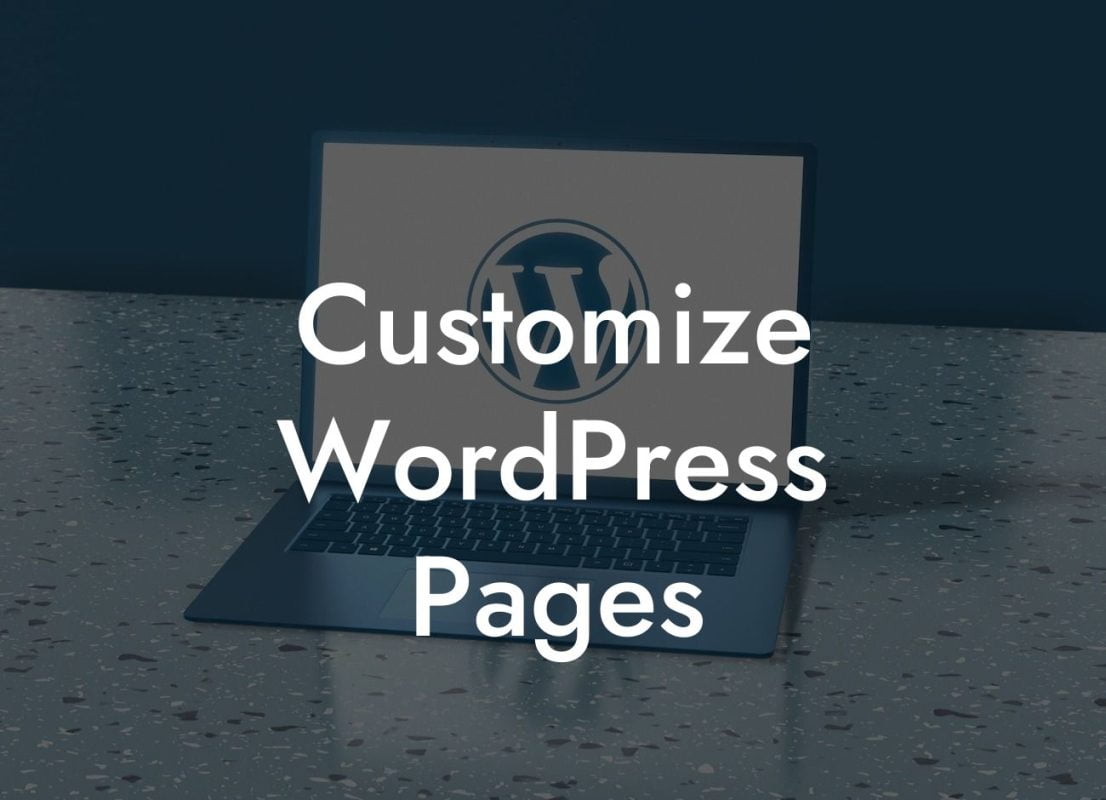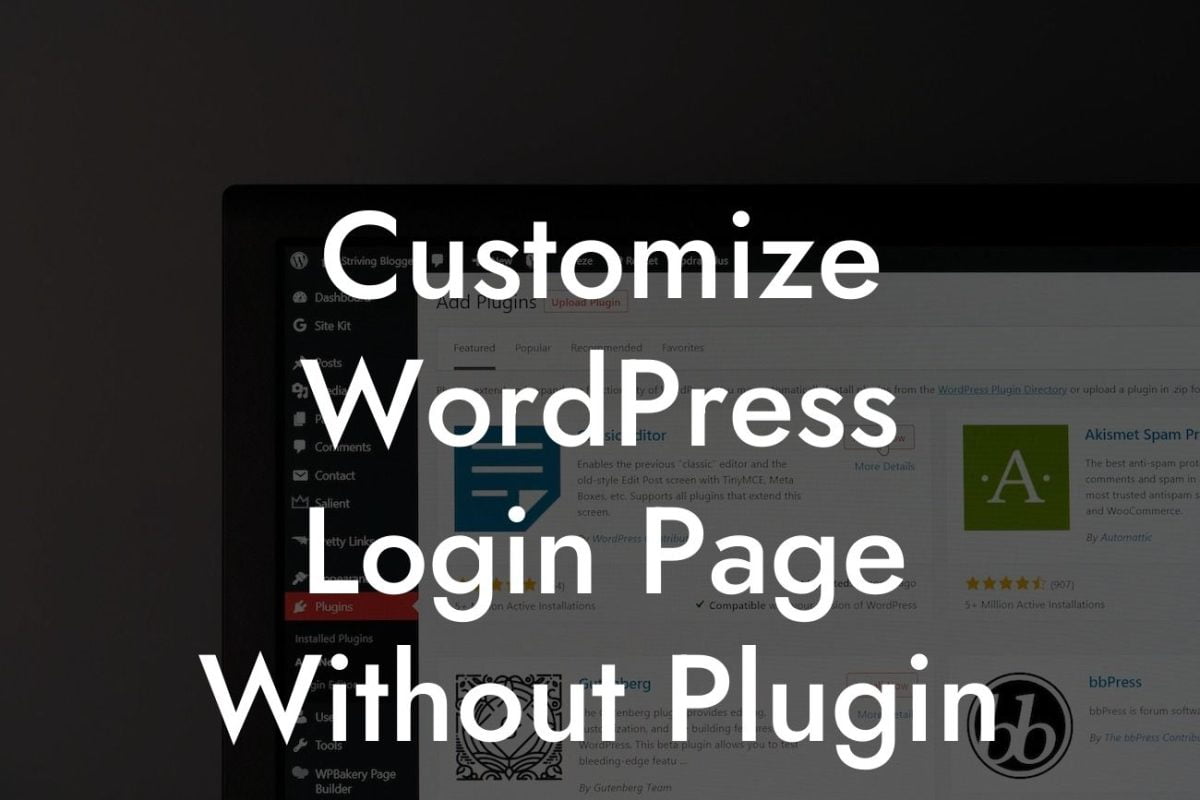Creating an interactive and user-friendly form on your WordPress website is crucial for engaging your audience and gathering valuable information. Whether you want to create a simple contact form or a complex survey, WordPress offers a variety of powerful tools and plugins to make the process seamless. In this guide, we will walk you through the step-by-step process of creating a form using WordPress, allowing you to enhance your online presence and boost your success.
Creating a form using WordPress is easier than you might think. Let's dive into the detailed steps that will help you build an effective form for your website.
1. Choose a Form Builder Plugin:
Start by selecting a reliable form builder plugin that suits your requirements. Popular plugins like Gravity Forms, Contact Form 7, and WPForms offer intuitive interfaces and a wide range of features.
2. Install and Activate the Plugin:
Looking For a Custom QuickBook Integration?
Once you've chosen your preferred plugin, install and activate it on your WordPress website. Head over to the plugins section, click on "Add New," search for your chosen plugin, and click "Install" and then "Activate."
3. Create a New Form:
After activating the plugin, you can start creating your first form. Access the plugin's settings and create a new form. Give it a descriptive title that reflects its purpose.
4. Customize the Form Fields:
Next, customize your form by adding fields relevant to your needs. Commonly used fields include name, email address, phone number, and message. Drag and drop the fields into the desired order and configure their options, such as required or optional.
5. Configure Form Settings:
Set up important form settings, such as where the form submission data should be sent, success messages, error messages, and additional notifications. Customize these settings to best suit your needs and preferences.
6. Configure Form Display:
Decide where you want to display the form on your website. You can embed it on a specific page or post using a shortcode or a block. Some plugins also offer widget options, allowing you to display the form on your sidebar or footer.
How To Create A Form Using Wordpress Example:
Let's say you have a small business offering online courses. You want to create a form to collect inquiries from potential students. To do this, you can use the WPForms plugin. Start by installing and activating WPForms on your WordPress website. Create a new form and add fields such as "Full Name," "Email Address," "Phone Number," and "Questions." Customize the settings, including a success message and an email notification to receive inquiries directly in your inbox. Once you're satisfied, embed the form on your "Contact Us" page using the shortcode provided by WPForms.
Congratulations! You've successfully learned how to create a form using WordPress. By implementing interactive forms on your website, you can engage your audience, gather valuable information, and enhance your online presence. If you're looking for more guides and plugins to supercharge your success, explore other articles on DamnWoo and try our awesome plugins designed exclusively for small businesses and entrepreneurs. Don't settle for ordinary - embrace the extraordinary!




